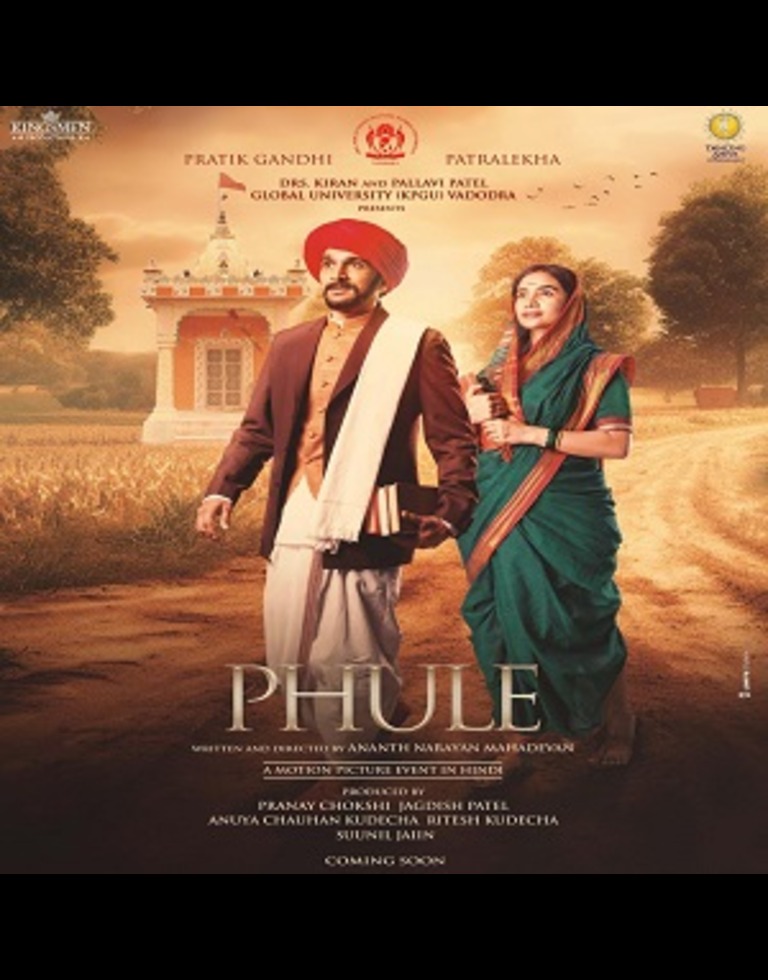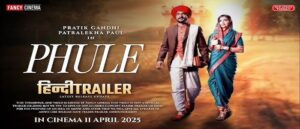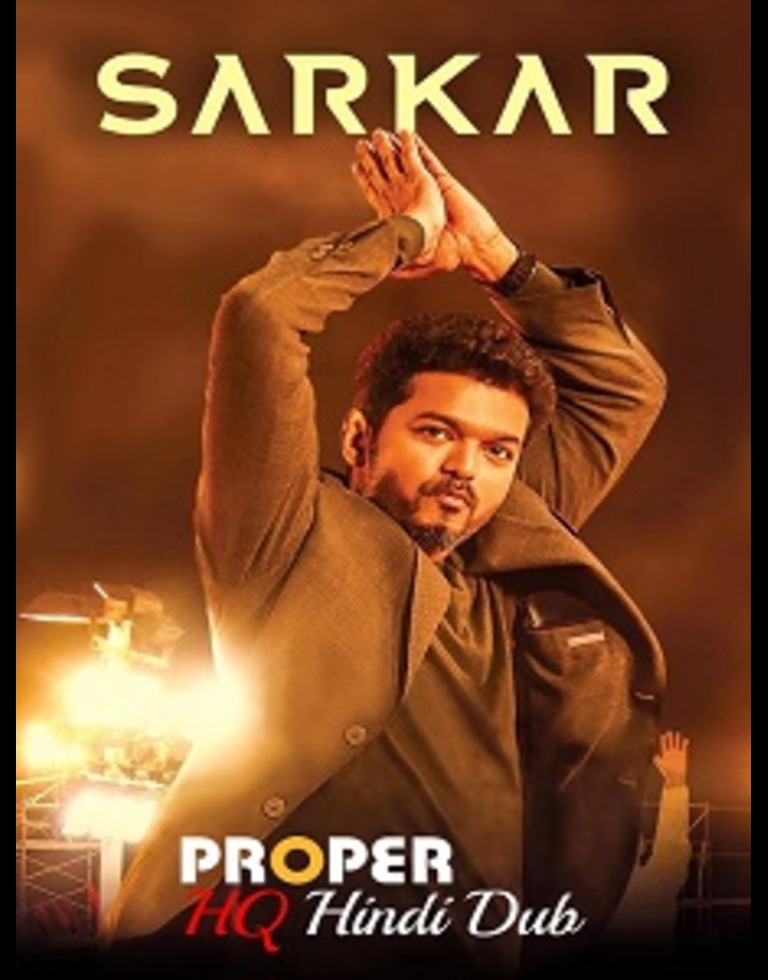
A Story That Deserves Its Spotlight
Set in 19th-century Maharashtra, Phule brings to life the journey of Jyotirao and Savitribai Phule—trailblazers in education and social reform. Directed by Ananth Narayan Mahadevan, the film begins amid the 1897 bubonic plague in Pune, transitioning into flashbacks that chart the couple’s courageous mission: opening the first school for girls and standing up against caste-based oppression reddit.com+13indiatoday.in+13timesofindia.indiatimes.com+13.
The core narrative—two visionaries confronting patriarchy, untouchability, widow ostracism, child marriage, and denial of basic rights like water—commands attention. The film is historically significant and socially urgent. Yet, its potential is dulled by sluggish pacing and a screenplay that sometimes reads more like a chronology than a compelling story .
📝 Screenplay & Direction: Earnest but Uneven
Mahadevan’s approach is earnest and respectful, aiming to mirror documentary realism. The detailed production design, costumes, and environments authentically transport viewers to mid-1800s Maharashtra . Yet this attention to period detail often comes at the expense of narrative energy—the screenplay is weighed down by lengthy, exposition-heavy sequences that hamper dramatic momentum reddit.com+15cinemaexpress.com+15socialnews.xyz+15.
Scenes often feel like ticking boxes—establishing key events rather than weaving them into a living, breathing story. As one critic noted, the film sometimes plays out like “a history textbook” or a Doordarshan serial rather than riveting cinematic drama cinemaexpress.com+1iwmbuzz.com+1.
🎭 Performances: Heart and Soul Anchors
-
Pratik Gandhi anchors the film as Jyotirao Phule with a quiet conviction. His transformation—both physical and emotional—is commendable. From tutoring his wife to taking on powerful Brahmin factions, he carries conviction and depth kknlive.com+9cinemaexpress.com+9mouthshut.com+9.
-
Patralekhaa delivers a robust performance as Savitribai Phule—fiery, determined, and dignified. She gets significant screen time to match her real-life counterpart’s legacy. While at times her dialect and delivery feel constrained, overall her portrayal is compelling and emotionally resonant reddit.com+15iwmbuzz.com+15filmymaja.com+15.
Supporting actors, including Vinay Pathak and Joy Sengupta, effectively embody the societal pressures of the era, though their characters are often underwritten indiatoday.in+3cinemaexpress.com+3timesofindia.indiatimes.com+3.
🎥 Technical Craftsmanship: Authenticity with Gaps
Cinematographer Sunita Radia and the art department succeed in recreating an earthy and immersive past. Scenes—from temple campaigns to school interiors—feel real and grounded en.wikipedia.org.
The music by Rohan-Rohan finds emotional balance, blending folk sensibilities and protest motifs. Songs like “Dhun Lagi” and the use of flute‑led backgrounds enrich pivotal scenes by weaving into the fabric of the narrative en.wikipedia.org+2peepingmoon.com+2kknlive.com+2. However, in parts, the film lacks dramatic peaks—where a powerful background score could have elevated tension, the emotional lift is only subtle.
📜 Themes & Resonance: Urgent—Yet Underplayed
Issues of caste discrimination, women’s rights, and untouchability are central and portrayed without over-sensationalizing mouthshut.com. The depiction of Phule’s founding of a well for the oppressed and resistance from upper castes underscores how religion and entrenched custom can dehumanize .
The film’s greatest moments—courtroom exchanges or Savitribai’s challenge to casteist bullies—leave an emotional mark. But notable radical aspects of Jyotiba’s philosophy sometimes feel softened or sidelined peepingmoon.com+9filminformation.com+9socialnews.xyz+9. Compared to more radical impulses found in sources, this portrayal errs on the side of caution.
👥 Critical & Audience Response
Critics have been divided. Highlights include:
-
India Today rated it 3/5: “A revolution dimmed by dull storytelling” indiatoday.in+1en.wikipedia.org+1.
-
Times of India gave it 3.5/5, praising its grounded, unflinching tone as a realistic period piece .
-
Cinema Express offered 1.5/5, comparing its pacing to dated television cinemaexpress.com.
Wikipedia aggregates a mixed bag—from 3.5 stars to sharp criticism of its lethargic screenplay .
🎯 Final Verdict
Phule is an earnest tribute to reformers whose contributions are often overlooked. Its strongest assets lie in:
-
Historical importance—spotlighting Jyotirao and Savitribai’s pioneering impact.
-
Performances—Pratik Gandhi and Patralekhaa give voice to courage and conviction.
-
Aesthetic authenticity—bringing the 19th-century world to life with craft.
Yet, the film often reads more like passive documentation than gripping storytelling. A sluggish screenplay, lack of emotional depth in subplots, and an overall reliance on exposition prevent it from reaching its full cinematic potential.
Rating: 2.8 / 5
In sum, Phule is a meaningful watch—rich in intent and legacy—but it feels like a missed cinematic opportunity. For history and social-change enthusiasts, it’s worth a look. But for viewers craving immersive narrative or emotional drama, it may feel informative yet distant.
Let me know if you’d like a shorter summary, specific scene breakdown, or insights into box office or public discourse!




